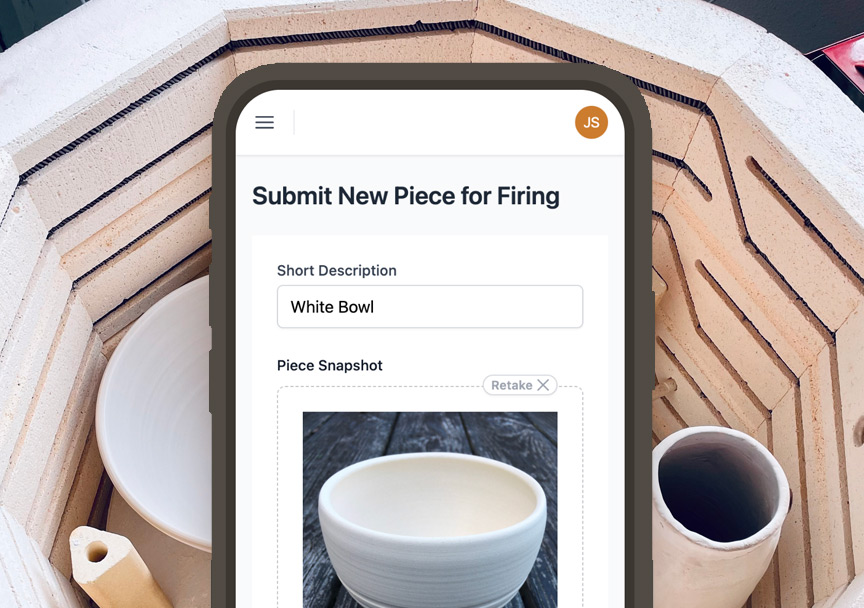Ceramic cones play a vital role in monitoring kiln temperatures during firing. These slender pyrometric cones precisely deform at specific temperatures, providing a visual cue that firing milestones have been reached.
Understanding how to use cones ensures your clay and glazes fire as intended. Let's explore cones in depth:
What Are Ceramic Cones?
Ceramic cones are tiny pyramids composed of precision-engineered clay and minerals calculated to melt at exact temperatures. Major cone variants include:
- Orton standard temperature cones - The most commonly used cones for firing ceramics. They come in cone numbers from 022 to 14.
- Bartlett high-temperature cones - Used for firing at higher temperatures up to cone 20 (2350°F). Helpful for firing porcelain.
- Ceramic Instruments low-fire art cones - Designed for firing at lower temperatures, these cones range from 015 to 019 (1508°F - 1627°F). Used for glass fusing and slumping.
Available cone numbers range from 022 to 20, with lower cone numbers denoting lower melting temperatures. The cone number refers to the temperature at which the cone's tip will bend and touch the base.
How Do Cones Work?
As cones are heated in kilns, they act as mini clay vessels that distort and bend when their formulated melting point is reached. The tipping action provides a clear visual signal that the clay and glazes have reached the proper maturation temperature.
For example, a Cone 6 Orton cone will bend when the kiln temperature exceeds 2165°F, indicating the clay body and glazes have achieved proper vitrification at that heat level.
Reading and Using Cones
Strategically placing a series of staggered cones spanning the target temperature range within a kiln allows monitoring of the firing progress:
- Cones begin softening in sequence as temperatures rise
- Once the target cone bends, the ideal heat work has occurred
- Lower remaining cones confirm the peak temperature was held
Cone packs are arranged with gaps between numbers so the bending sequence is easily read. Placing cones in multiple locations checks for even heating.
Choosing the Right Cones
Reference cone charts to select appropriate cones for your clay type, glazes, and desired firing methods. Standard cones for common firings:
- Low-fire glaze - Cones 015-018
- Mid-range glaze - Cones 04-6
- High-fire glaze - Cones 7-10
- Luster firing - Cones 013-014
- Bisque firing - Cones 08-04
With practice reading cone behavior, you will master precise kiln firings every time. Let cones take the guesswork out of firing!


